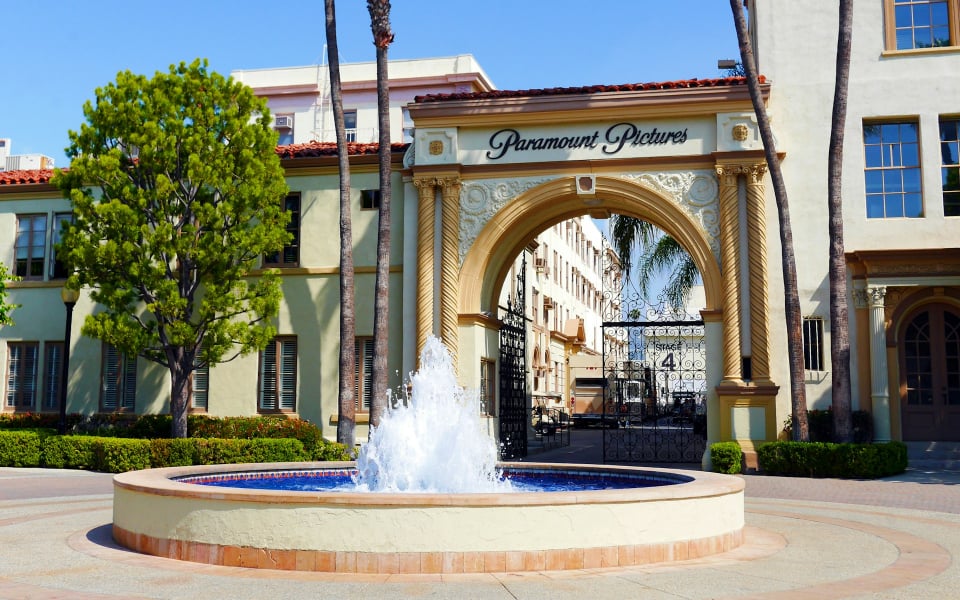Last Thursday, the people of the United Kingdom went to the polls to vote for their new Parliament in the snap general election. The final results show that the early opinion and exit polls were largely accurate, as voters gave Prime Minister Boris Johnson and his Conservative Party a resounding mandate to govern. Johnson's Tories gained 66 seats to win 365 seats, topping the majority of 326 seats needed to boast a majority of 80 seats. The Labour Party did terribly and lost 42 seats to hold only 203 seats, in the center-left party's worst electoral outcome since 1935. The Scottish National Party (SNP) gained 13 seats to win 48 seats, their second best performance ever. The Liberal Democrats lost 10 seats to fall to 11 seats, and their leader Jo Swinson barely lost her seat to the SNP. The Democratic Unionists (DUP) lost 2 seats to reach 8 seats. Labour leader Jeremy Corbyn admitted it was a bad night for his party, and he vowed to not lead the party into another election. With the best Conservative landslide victory since 1987, Johnson enjoys free rein to finish his Brexit policy and deliver his campaign promises.
In the wake of the U.K. election, many pundits and analysts are wondering: Why did the Tories win big and Labour lose badly? While some might blame Jeremy Corbyn's personality and the allegations of anti-Semitism against him or Labour's leftist platform, that sentiment is largely incorrect. The difference maker in the election was Brexit. On economic issues, Labour did not change much from its 2017 manifesto that denied the Tories a majority. But on Brexit, Labour struck an unusual, equivocal stance. Because Corbyn supported leaving the European Union while most Labour voters wanted to stay, the party took the contorted position of striking a new withdrawal agreement with the E.U. in three months and holding a second referendum between the deal and remain in six months, while Corbyn refused to endorse either option. That confusing stance repelled both hardcore Remainers and Brexiteers. The theory is proven in the "red wall" of Northern England and the Midlands, where Tories managed to flip traditional Labour strongholds like Blyth Valley, Workington, and Sedgefield, many of which voted to leave the E.U. in 2016. So while Labour's platform on healthcare, workers' rights, and the environment was more popular, Johnson gambled that the election would be a second referendum on Brexit, and he was right. The Tories kept their Remainers in line and siphoned off votes from Labour voters who want to leave, as Johnson's plan to "get Brexit done" resonated with voters tired of the E.U. debate.
Johnson has at least five years to realize his campaign promises of exiting the E.U., boosting funding for the National Health Service, and striking a trade deal with the U.S., among others. But he will govern over a fractured country. The DUP lost any influence it had, and nationalist MPs now outnumber unionist MPs in Northern Ireland. Johnson's Brexit deal, by placing a soft border in the Irish Sea, could push Ireland closer to unification. The Liberal Democrats were walloped for their strict plan to cancel Brexit altogether, needing to regather and reevaluate their future. Labour is picking a new leader to replace Corbyn. Finally, the SNP sees its electoral gains as a mandate to fight for independence, and SNP leader Nicola Sturgeon called for a new independence referendum. How Johnson responds to Scotland's desire to leave could make or break his legacy.
- 1. https://www.theguardian.com/politics/ng-interactive/2019/dec/12/uk-general-election-2019-full-results-live-labour-conservatives-tories
- 2. https://www.vox.com/world/2019/12/13/21004755/uk-election-2019-jeremy-corbyn-labour-defeat
- 3. https://www.theguardian.com/politics/2019/dec/14/woman-likely-to-lead-labour-jostling-to-succeed-jeremy-corbyn-begins
- 4. https://www.bbc.com/news/election-2019-50799613












